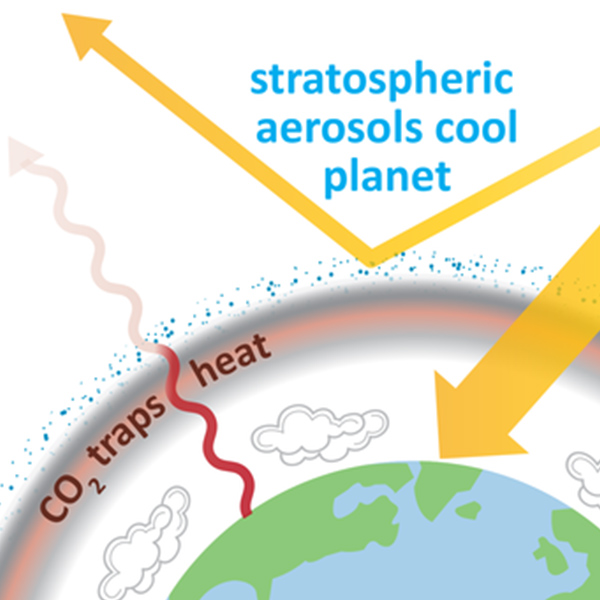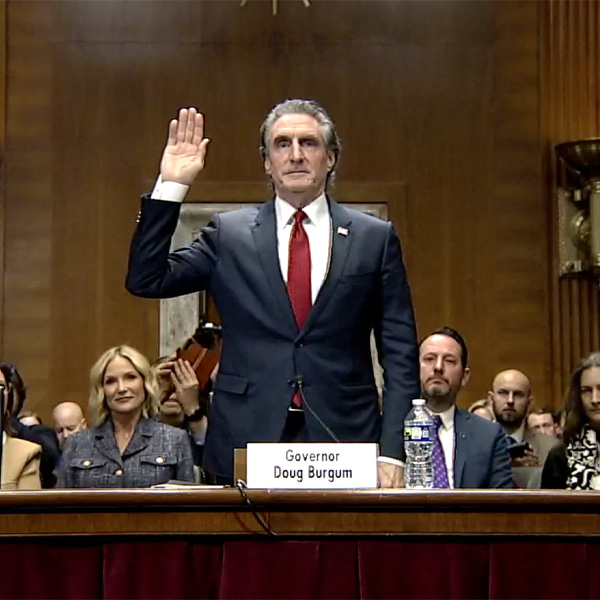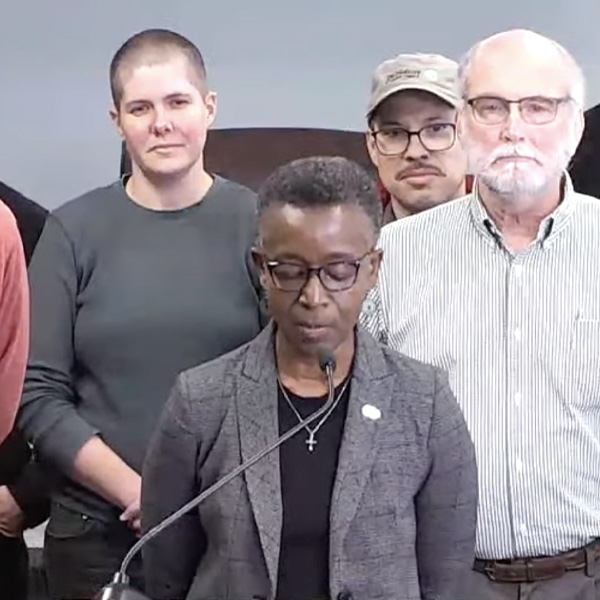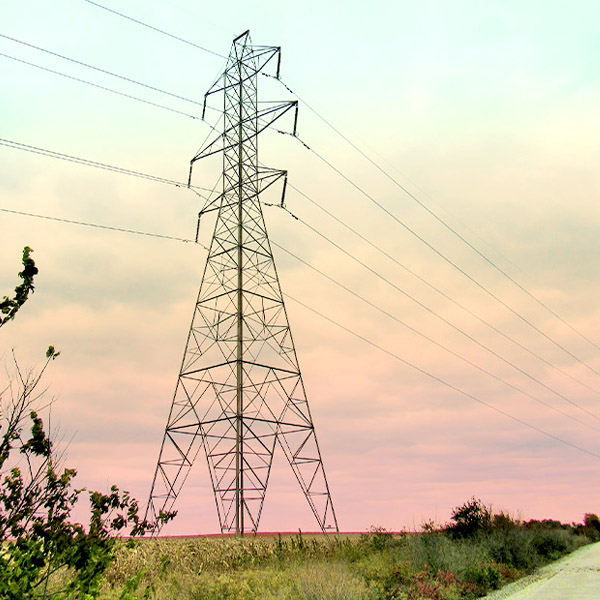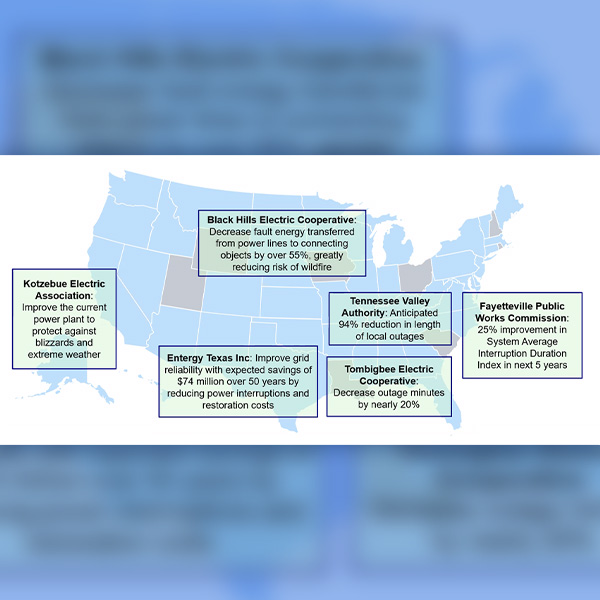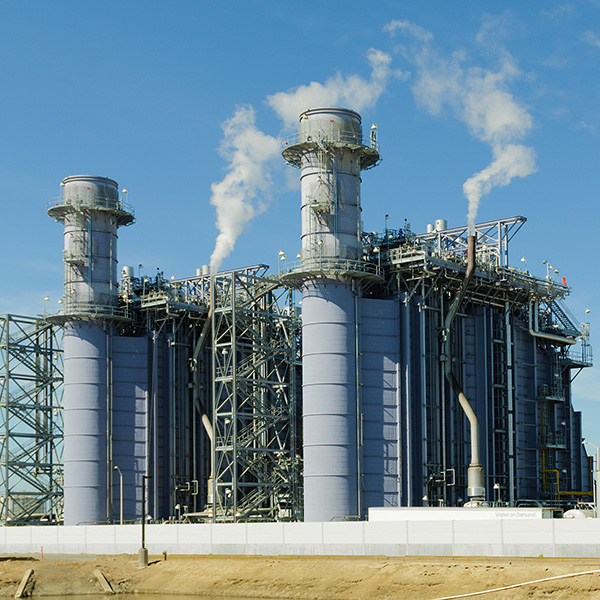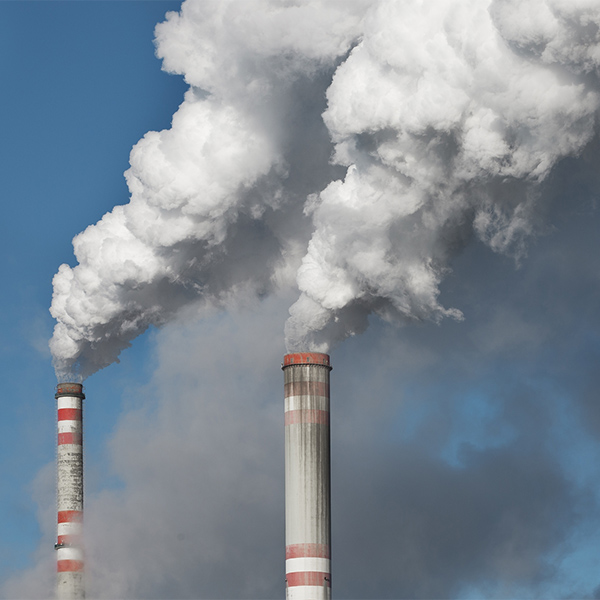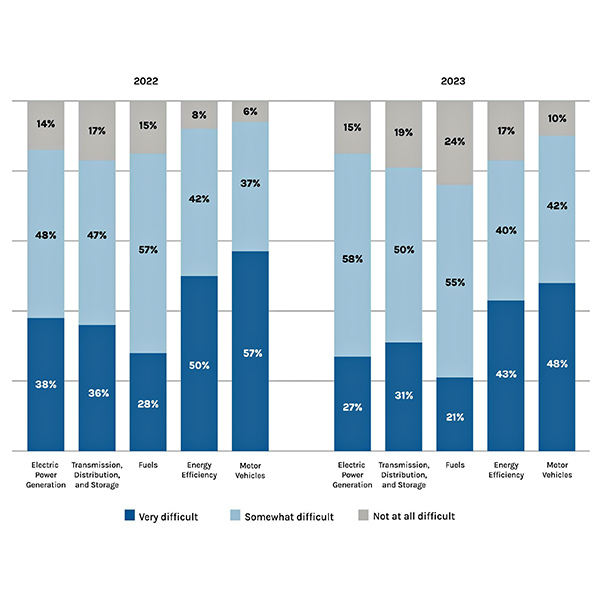Technology
Columnist Steve Huntoon says environmentalists are engaging in a "game of chicken" with climate because they won't consider solar geoengineering, such as sand or salt in the stratosphere.
The 2,600 GW of wind, solar and storage sitting in interconnection queues across the U.S. represent a major imbalance in energy resources that could lead to brownouts or blackouts, former North Dakota Gov. Doug Burgum (R) said during his Senate confirmation hearing.
The data center dilemma centers first on a familiar mismatch of timescales. Utilities and their regulators tend to plan based on the small, incremental demand growth. But development and the power demand it generates move at ever-increasing digital speed.
Entergy Louisiana confirmed a new, $10 billion Meta AI data center is the motive behind its recent filing to build three new gas plants at a combined 2.3 GW.
The town of Carrboro, N.C., became the first municipality in the country to sue an electric utility over its alleged deception around climate change, claiming that delayed action to address the issue will cost its government millions of dollars.
Utilities and grid operators urged caution on new dynamic line rating requirements while state regulators, consumers and grid enhancing technology firms said they want the mandates.
The U.S. Department of Energy announced almost $2 billion in new funding from the Infrastructure Investment and Jobs Act aimed at improving grid reliability and resilience.
The Union of Concerned Scientists' paper argues the electric industry should focus on expanding renewable energy aided with storage rather than keeping natural gas plants running with hydrogen, biomethane or carbon capture and storage.
ERCOT, MISO, PJM and SPP filed a joint brief in the appeal of EPA’s power plant rule seeking more flexibility on compliance, arguing it is needed to ensure reliability.
The Department of Energy reports the clean energy workforce grew 4.2% in 2023, twice the rate of the rest of the energy sector and the U.S. economy overall.
Want more? Advanced Search
